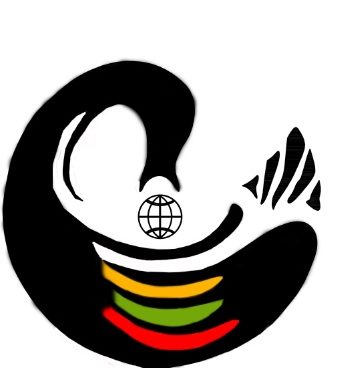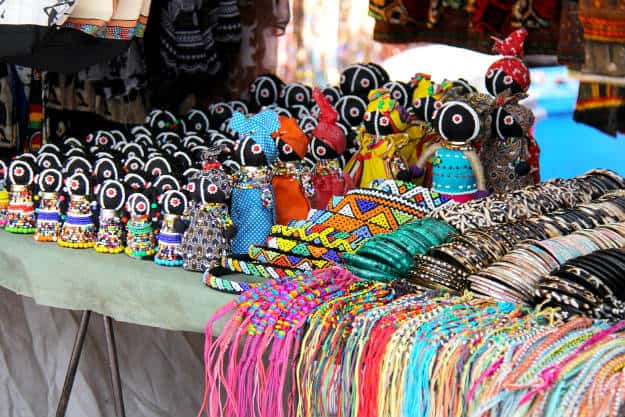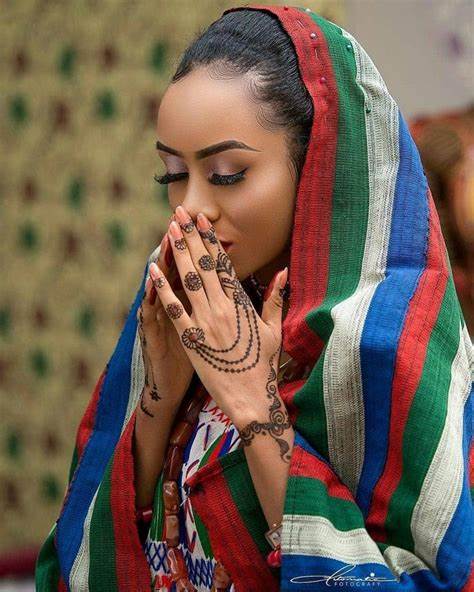Mali is located in western Africa, mostly in the Saharan and Sahelian regions. Mali is largely flat and arid. The Niger River flows through its interior, functioning as the main trading and transport route in the country. Sections of the river flood periodically, providing much-needed fertile agricultural soil along its banks as well as creating pasture for livestock. Although Mali is one of the largest countries in Africa, it has a relatively small population, which is mainly centred along the Niger River. The Bambara (Bamana) ethnic group and language predominate, with several other groups—including the Fulani (Fulbe), Dogon, and Tuareg—also present in the population. Agriculture is the main economic sector in the country, with cotton production, cattle and camel herding, and fishing also contributing. The area that is now Mali was once part of the three great precolonial Sudanic empires: Ghana, Mali, and Songhai. The historic country of trading and learning also known as Timbuktu is located in Mali on the upper Niger River. The notion of ethnicity is fluid in Mali. In some cases, people marry outside their ethnic group and speak languages that differ from those of their ancestors without changing their cultural affiliation. French is the official language of Mali, but languages of the Niger-Congo family dominate. One of them, Bambara, is used as a lingua franca by some four-fifths of the population. Mande languages—including Bambara, Malinke, Khasonke, Wasulunka, and Soninke—have the largest number of speakers, but the Gur branch (which includes Bwa, Moore, Senufo, and Minianka languages) and the Atlantic branch (which includes Fula and Tukulor and may include Dogon) are also represented. There are three main religions. Sunni Islam is practiced by more than nine-tenths of the population, traditional religions by most of the rest, and Christianity (primarily Roman Catholicism and Protestantism) by a small number. Mali’s economy is overwhelmingly agricultural. With the northern half of the country occupied by the Sahara, most human activity is located in the sounthern regions, in particular in the valleys of the Niger and Sénégal rivers. Subsistence agriculture and livestock raising characterize domestic activities, although many people supplement their income by growing cash crops such as cotton and by seasonal migration to Côte d’Ivoire and Senegal. An important agricultural area is the inland Niger delta. Millet, rice, wheat, and corn, as well as yams and cassava, are the main subsistence crops, while cotton is an important commercial crop; peanuts, sugarcane, tobacco, and tea are also grown for market. An agricultural area of major importance is the inland Niger delta. Millet, rice, wheat, and corn (maize), as well as yams and cassava (manioc), are the main subsistence crops, while cotton is an important commercial crop; peanuts (groundnuts), sugarcane, tobacco, and tea are also grown for market. The National Archives of Mali and the National Library are located in Bamako, as is the Municipal Library. Several Malian football players have played professionally for European clubs (especially in France and Italy), including Salif Keita, who in 1970 became the first recipient of the African Player of the Year award. Mali hosted the prestigious African Cup of Nations tournament in 2002. What is present-day Mali became a part of French West Africa, although its borders were modified repeatedly and its name was changed as well. For most of its existence, the territory was known as the French Sudan and headed by either a governor or a lieutenant governor.
Things to Do:
Visit the Great Mosque of Djenne
Visit the Tomb of Askia
Explore Gaos’s traditional Architecture





